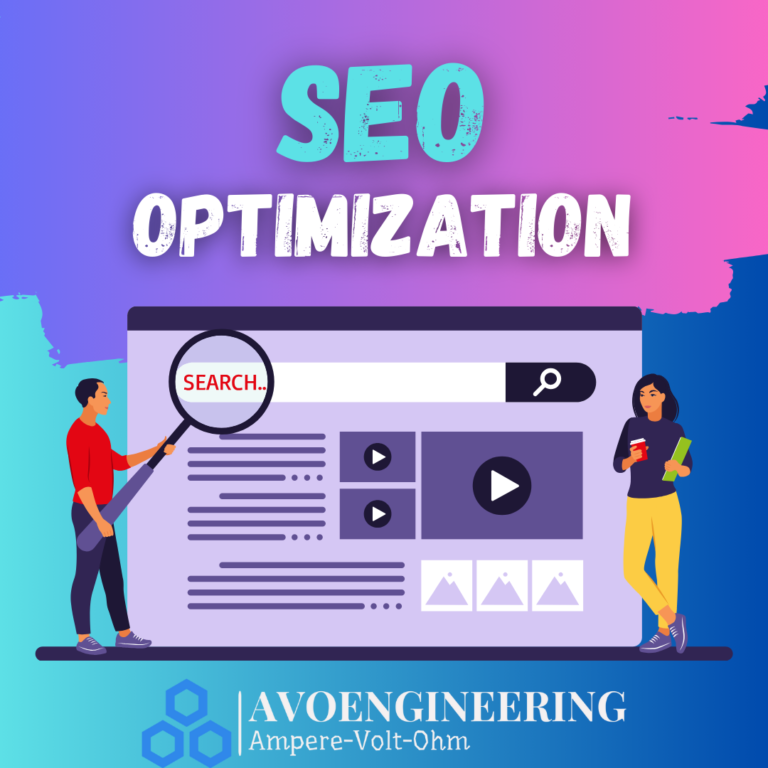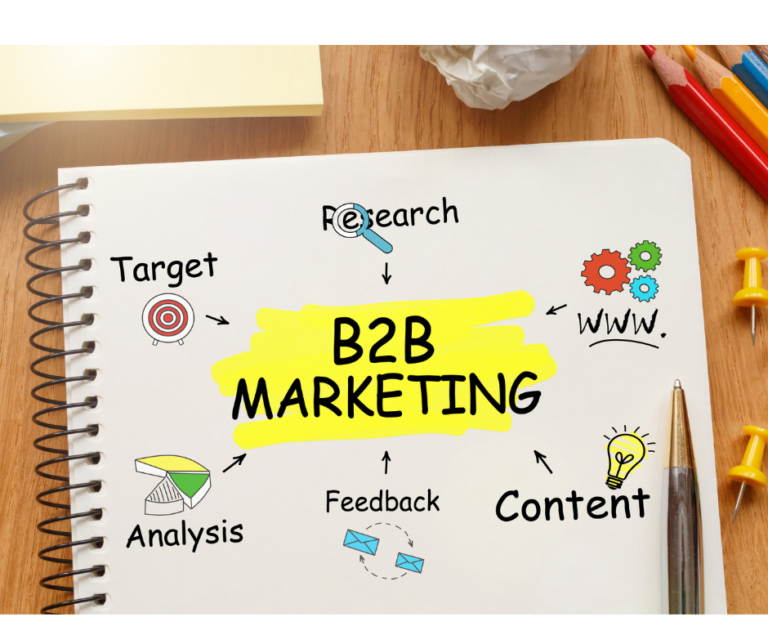
Becoming a thought leader is a trending subject. It may appear to offer speaking engagements, partnerships, credibility, prestige, and acknowledgment. However, in practice, establishing oneself as a thought leader requires dedication, hard work, and genuine expertise.
A thought leader is an individual or entity that attains authority in a specific field by disseminating educational content to their audience, aiding them in making informed decisions, without solely promoting their own products and services.
Thought leaders offer valuable content to their audiences for free or at a minimal cost, often in exchange for contact information. By freely providing this content to your audience, you position your company or a specific member of your leadership as a trusted partner genuinely invested in the success of their customers and clients, without any obligations attached.
Establish Your Thought Leadership Platform
First and foremost, it’s essential to build your executive thought leadership platform – the groundwork that clarifies why you aim to be a thought leader and who your target audience is.
The steps outlined below are intended to promote your company, but the same advice is applicable for leadership at all levels.
Define your Goal.
What motivates your desire to become a thought leader? What specific outcomes do you aim to achieve by establishing yourself as a thought leader?
There are several potential benefits to gaining recognition as a thought leader, including:
- – Attracting top talent who are eager to work with and learn from you
- – Accelerating the sales process by winning over prospects more efficiently
- – Acquiring new business from larger clients or entering new industries
- – Expanding your company’s offerings to serve existing clients better
- – Enhancing your company’s reputation in the public eye
While these objectives are all valid, they share a common goal: establishing trust with stakeholders. Therefore, it’s crucial to prioritize one goal or craft a clear, specific objective. Pursuing too many goals simultaneously can lead to a lack of focus and hinder your overall success.
Identify your Audience.
Now that you have clarified your goals, identifying your target audience should be straightforward.
- – If you aim to recruit new talent interested in working with and learning from you, your audience comprises potential recruits—recent graduates if you’re seeking new hires or seasoned professionals if you’re targeting experienced talent.
- – If your objective is to expedite the sales cycle, your audience consists of decision-makers at your target prospects. You aim to ensure that your company remains top of mind for them, even if they won’t directly engage with your team post-sale. These individuals are responsible for approving new expenses and signing contracts.
- – If you seek to secure new business from larger prospects or new industries, your audience includes influencers within those organizations. They likely prioritize specific concerns that differ from those of your current clients.
- – If your goal is to diversify your company’s offerings for existing clients, your audience comprises your current client base, who may be encountering new or evolving challenges.
- – If you aim to enhance your company’s public image, your audience primarily consists of members of the general public and media outlets.
Identify the Pain Points of Your Audience.
To effectively position yourself as a thought leader and address your target audience’s needs, it’s crucial to understand their pain points. By recognizing what matters most to your audience, you can determine where to focus your efforts and what topics to address. Here are some potential pain points associated with each of the goals and audiences we’ve identified:
New talent: Uncertainty about career decisions, lack of guidance on career development within a company, desire for leadership with a proven track record of success in the industry or demonstrated growth potential.
Existing prospects: Need for a reliable partner capable of delivering results quickly and consistently, requirement for evidence of a dependable solution.
New prospects: Limited awareness of the extent of their challenges, seeking insights from industry experts who understand emerging trends, regulations, or upcoming technologies.
Existing clients: Interest in strategies for business growth, seeking information on relevant technologies and trends to enhance operations and achieve greater success.
General public/media: Seeking insights to form opinions about businesses, potential lack of understanding regarding the importance of corporate culture, desire to learn about factors contributing to business success.
Communicate Your Unique Expertise
Your qualifications represent your deep expertise in specific areas. While it may be tempting to jump on trendy terms, it’s crucial to define precisely how your expertise aligns with addressing your audience’s pain points.
To identify your qualifications, reflect on your most significant accomplishments throughout your career. Consider the expertise you’ve gained through your experience in:
- – Career development
- – Specific technical disciplines
- – Hardware or software platforms
- – Regulations, certifications, or standards bodies
- – Industry shifts or changes
- – Future or emerging technologies
- – Business development or growth
- – Solving complex challenges
Map your expertise to your audience’s pain points. For example, if you’re targeting existing prospects to shorten the sales cycle, and you have insights into past customers who successfully used your solutions, outline stories showcasing these successes.
Alternatively, if you’re targeting existing customers looking to expand and you have expertise in implementing emerging technologies or processes, outline your knowledge on how to use, when to use, and the results these solutions bring.
Craft a simple outline of your expertise, including stories and examples, to streamline your communication when speaking or creating content.
Establish Yourself as a Thought Leader
Once you have clarity on your objectives, target audience, and messaging platform, explore various avenues to disseminate your message. Given that your message will likely remain relevant for a considerable duration, it’s advisable to diversify your content across multiple platforms and outlets.
Consider leveraging the following channels:
- – LinkedIn profile: Optimize your LinkedIn profile to showcase your thought leadership platform effectively.
- – Contributed content: Pitch and submit articles to publications that resonate with your target audience.
- – Speaking engagements: Seek opportunities to speak at industry events, conferences, and forums relevant to your area of expertise. Pitch your expertise and offer to deliver presentations on topics aligned with your thought leadership platform.
Share News and Make Announcements
Revealing updates about your company fosters transparency and nurtures trust with your audience. Whether it’s changes in leadership, the launch of new branches, or the acquisition of another brand, sharing such news through press releases or your blog enhances accessibility and humanizes your company.
To enhance transparency further, utilize your blog to provide insights into the rationale behind significant decisions. Additionally, highlighting the achievements of your customers and partners helps position your company as more than just a vendor in the eyes of your audience.
Interact With Industry Audiences through Social Media Platforms.
Another way to establish yourself as a thought leader is by engaging in industry discussions. Platforms such as LinkedIn, Twitter, and Reddit offer opportunities for individuals and companies to join conversations about current events, challenges, and potential solutions within the industry.
Apart from regularly sharing your own content, actively participate in these discussions by reacting to, commenting on, and sharing posts from other individuals and brands within your network.
Develop Content That Extends Beyond Your Specific Offerings
Thought leaders focus on creating content that addresses the needs and challenges of their target audience, even if it’s not directly related to their own products or services. By providing valuable insights and perspectives on industry trends, upcoming challenges, and relevant topics, thought leaders build credibility and trust with their audience. This approach goes beyond self-promotion and demonstrates a genuine commitment to helping others succeed. Examples of such content include blog posts discussing industry trends, white papers analyzing the role of a product or service in the industry, and case studies featuring customer perspectives on using the product or service.
Respond To the Inquiries of Your Audience
It may seem unconventional, but one of the simplest ways to establish your brand as a thought leader is by catering to your audience’s needs. Take note of the common questions posed by your customers and clients and provide public responses. This can be achieved through the creation of a Frequently Asked Questions (FAQ) page on your website, as well as through blog posts that offer detailed answers to specific inquiries. Additionally, utilize your blog and other content platforms to address the pain points of your audience, along with potential solutions your brand can offer.
Establish an Innovation Hub.
Lastly, you can establish yourself as a thought leader by fostering the ideas of others. It’s not always about having the best ideas or being the most knowledgeable. Recognizing and promoting the thought leadership of others can also enhance your own credibility. Encourage individuals and brands, both within and outside your industry, to share their insights with the world, and support them by amplifying their ideas.
Curious About the Ideal Time to Start Crafting Thought Leadership Content?
The ideal time to establish your company or leaders as thought leaders isn’t when you realize the need for external recognition of your expertise; it’s years before that moment. So, if you’re contemplating whether it’s the right time to create thought leadership content, chances are, it is.
Thought leadership content isn’t about being boastful or self-aggrandizing; rather, it involves experts sharing insights in their respective areas of expertise. For instance, a startup shouldn’t aim to write about how to succeed as a startup before achieving success, but they can share their learnings from pitching their business and securing rounds of funding. Similarly, a test system integrator may not need to delve into aerospace testing trends if they primarily work in automotive testing, but they can discuss critical aspects of automotive testing and industry advancements. There will always be individuals at stages where you were last year or even five years ago, so be a guiding influence for them.
Furthermore, as your company expands, you can delegate thought leadership topics to other internal experts. It doesn’t have to solely rely on the CEO; various members of your team can contribute to thought leadership initiatives as well.
AVO Engineering is a Dallas-based digital marketing agency committed to engaging engineering and technical audiences through diverse marketing strategies. Reach out to us today to discover more about our comprehensive services.






